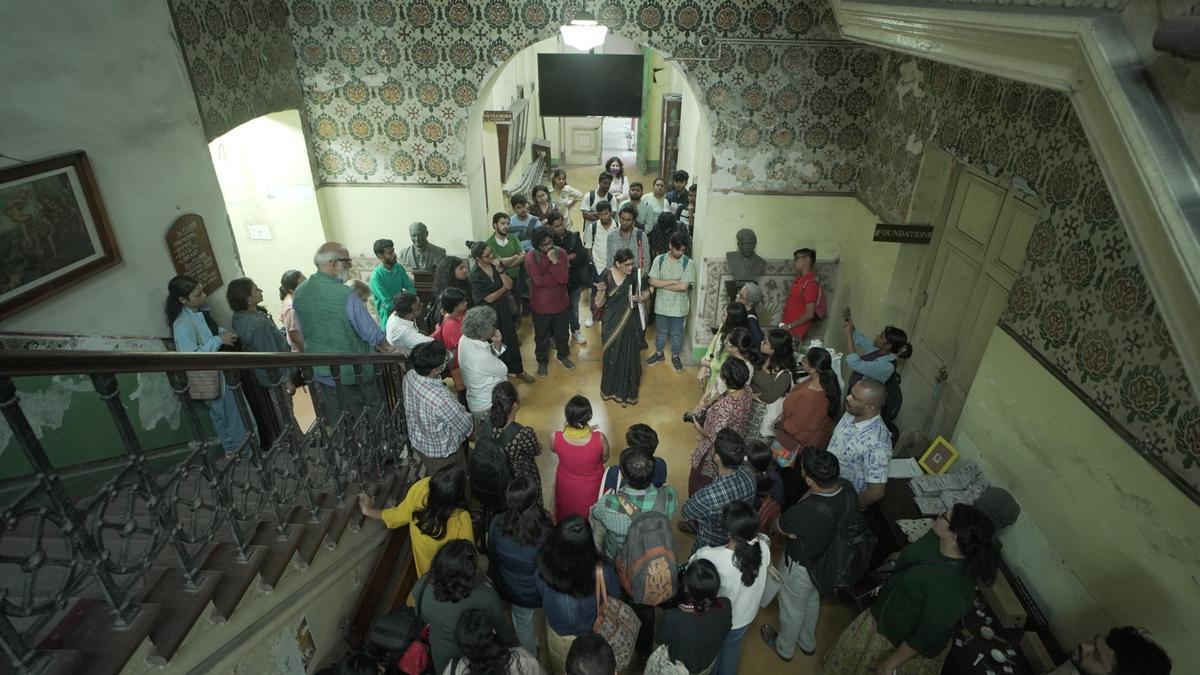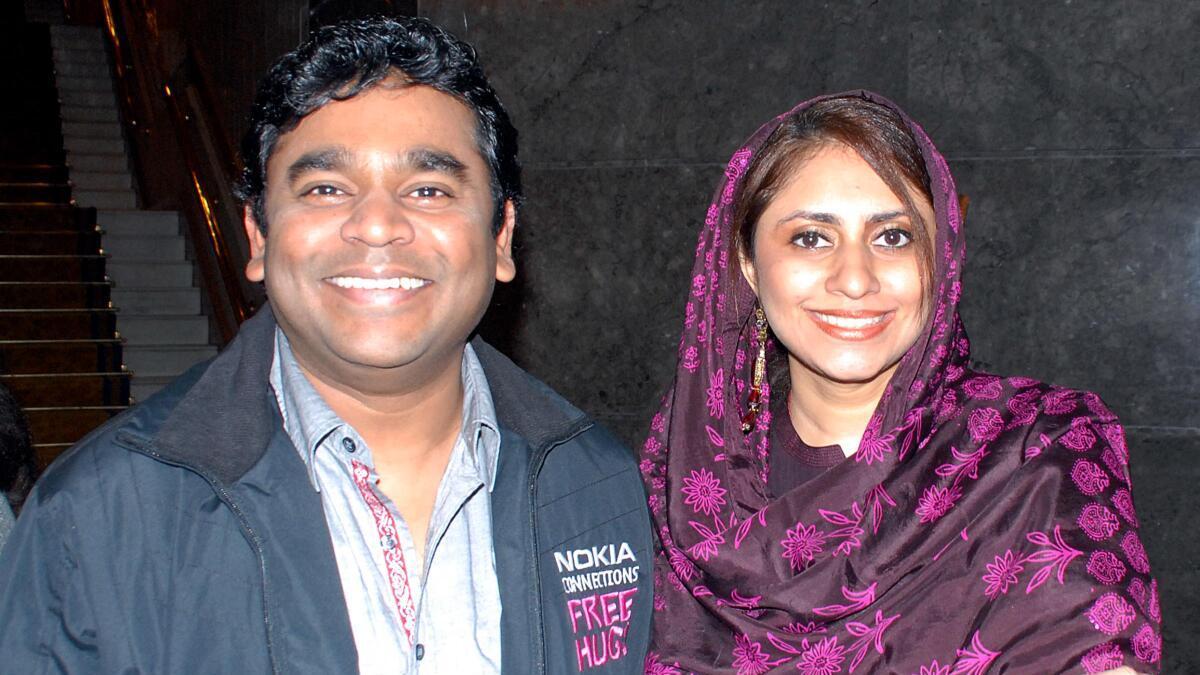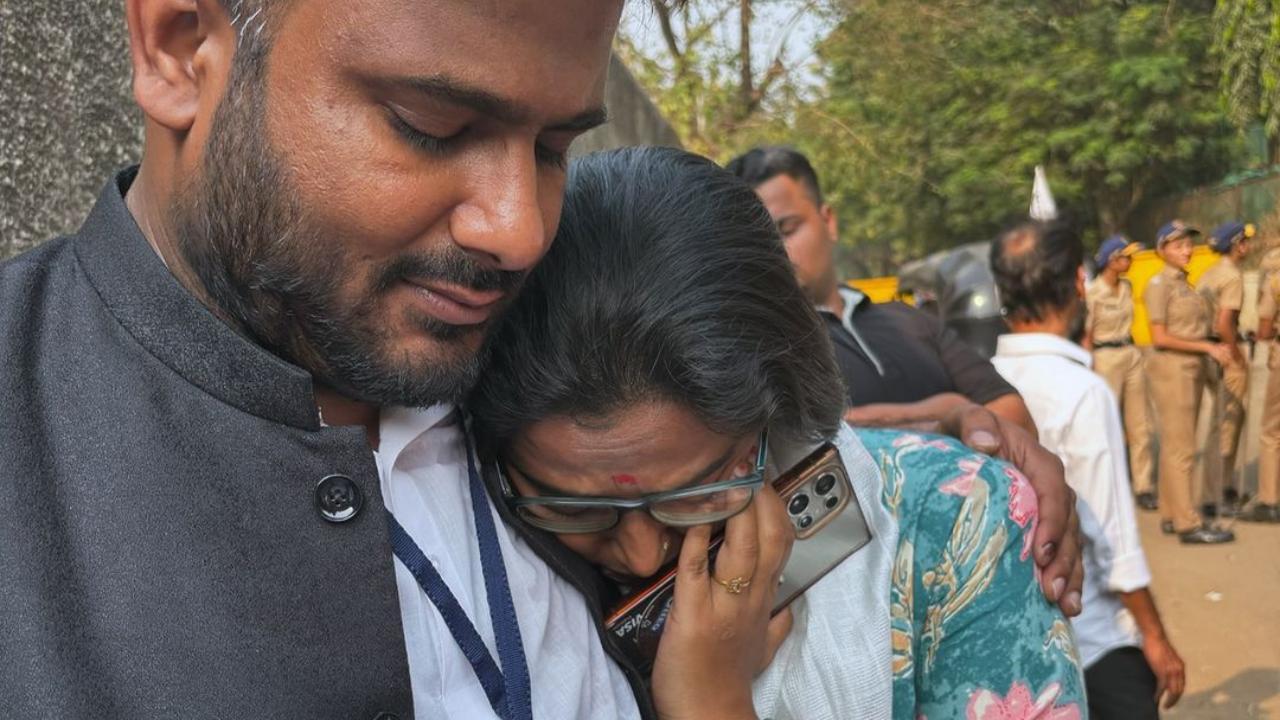
The City as a Museum — an art gallery’s annual event in Kolkata that transforms streets into living museums for revisiting historical narratives — will this year bring alive, among other things, memories of a mass movement in the 1940s that mobilised rural Bengal – the Tebhaga Andolan, which was for entitling landless sharecroppers to two-thirds of the harvest.
“Tebhaga reminds us of the importance and enduring impact of movements driven by everyday people, both in the past during our struggle for independence and in our continued efforts to preserve and safeguard a democratic society today,” Sumona Chakravarty, vice-president (museums) of DAG, the art gallery that conducts the event, into its four edition this year.
“This edition is unique because, along with an itinerary that takes us to sites and neighbourhoods across the city, for the first time we are presenting an installation on Tebhaga that will be open to all through the nine days of the festival (November 16-24). The installation focuses on fascinating historical material: you will find a portrait of an activist from artist Somnath Hore’s sketches, juxtaposed with colonial police documents of the same leader and testimonials by women activists, to reveal layered narratives of this significant yet lesser-known moment in history,” Ms. Chakravarty said.
This year’s festival features nine events including walks, installations, talks and performances, presented at historic sites and archives across Kolkata and, according to her, takes inspiration from the legacy of Bengal’s artists to explore peripheral narratives of subversion and resistance.
Ms. Chakravarty tells an interesting story about how the installation, to be on display at the West Bengal State Archives, came about. “In the pages of Somnath Hore’s Tebhagar Diary, where he meticulously documented the agrarian movement gaining ground in the Rangpur district of Bengal, is a sketch of one of the frontline activists, Mani Krishna Sen. In Hore’s finely sketched portrait, the injured Sen looks vulnerable and strained. The artist’s diaries led us to the archives, where the colonial records document a parallel story of the movement,” she said.
“Out of the many thousands of pages of evidence, a portrait of a younger Mani Krishna Sen confronted us, tucked away in the police’s history sheets amidst details of his dissident activities. Through the installation, we confront these official records with polyphonic voices emerging from Hore’s accounts, reportage from newspapers, and oral narratives of Mahila Atmaraksha Samiti women, among others, to present a layered narrative of an important movement that shaped the political landscape at the cusp of independence,” she further said.
The DAG is best known in Kolkata for Ghare Baire, a museum-exhibition that showcased 200 years of art in Bengal and that lasted close to two years, January 2020 to November 2021.
Published – November 13, 2024 02:47 am IST
arts, culture and entertainment
/
arts (general)
/
Kolkata










